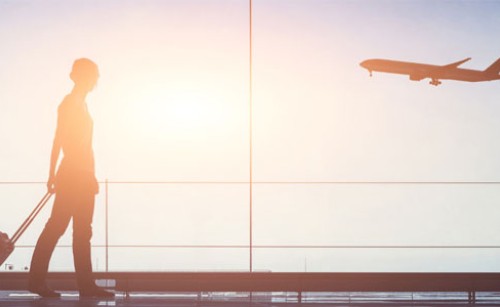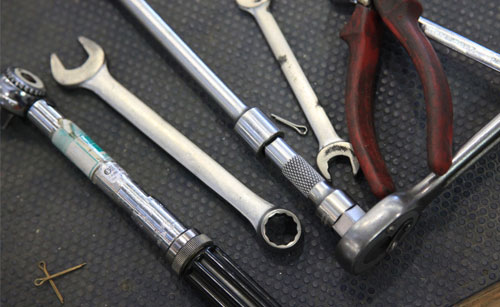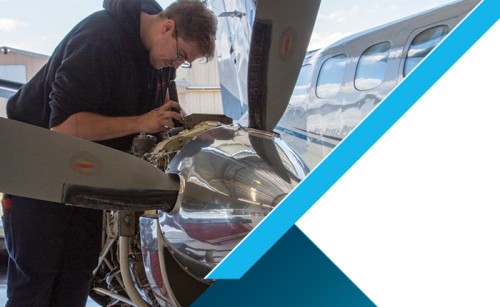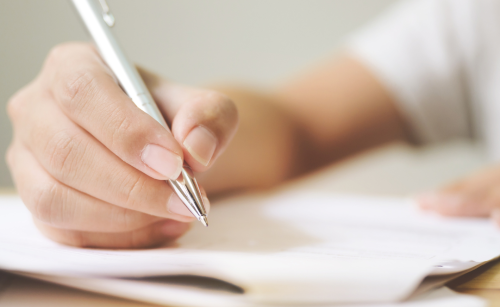Article supplied by CASA Work is underway to settle and formalise colour vision testing options for pilots who are not able to pass clinical colour vision tests.
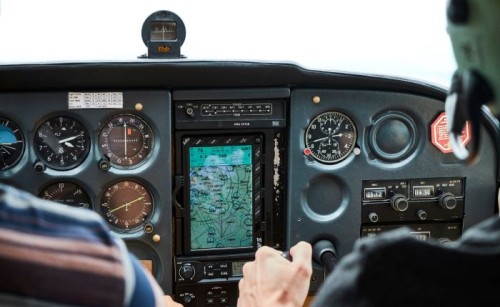
Our aim is to have new testing options available for pilots by the end of April that are formally prescribed through a legislative instrument. The tests will recognise that many pilots with a colour vision deficiency can demonstrate they are able to operate safely and competently without any medical or operational restrictions.
Consultation is currently underway through our Aviation Safety Advisory Panel, and public consultation on the proposed testing options is expected before the end of March.
The options will include an operational test designed to demonstrate a pilot’s ability to fly an aircraft safely through a robust and standardised operational test.
Interim measures
Pilots who are unable to pass the prescribed Ishihara or Farnsworth colour vision clinical tests and are seeking to renew their medical certificate are encouraged to call our Aviation Medicine team on 131 757 to discuss their individual circumstances.
We will work hard to ensure this interim period is as least disruptive as possible, whilst satisfying current safety and regulatory requirements.

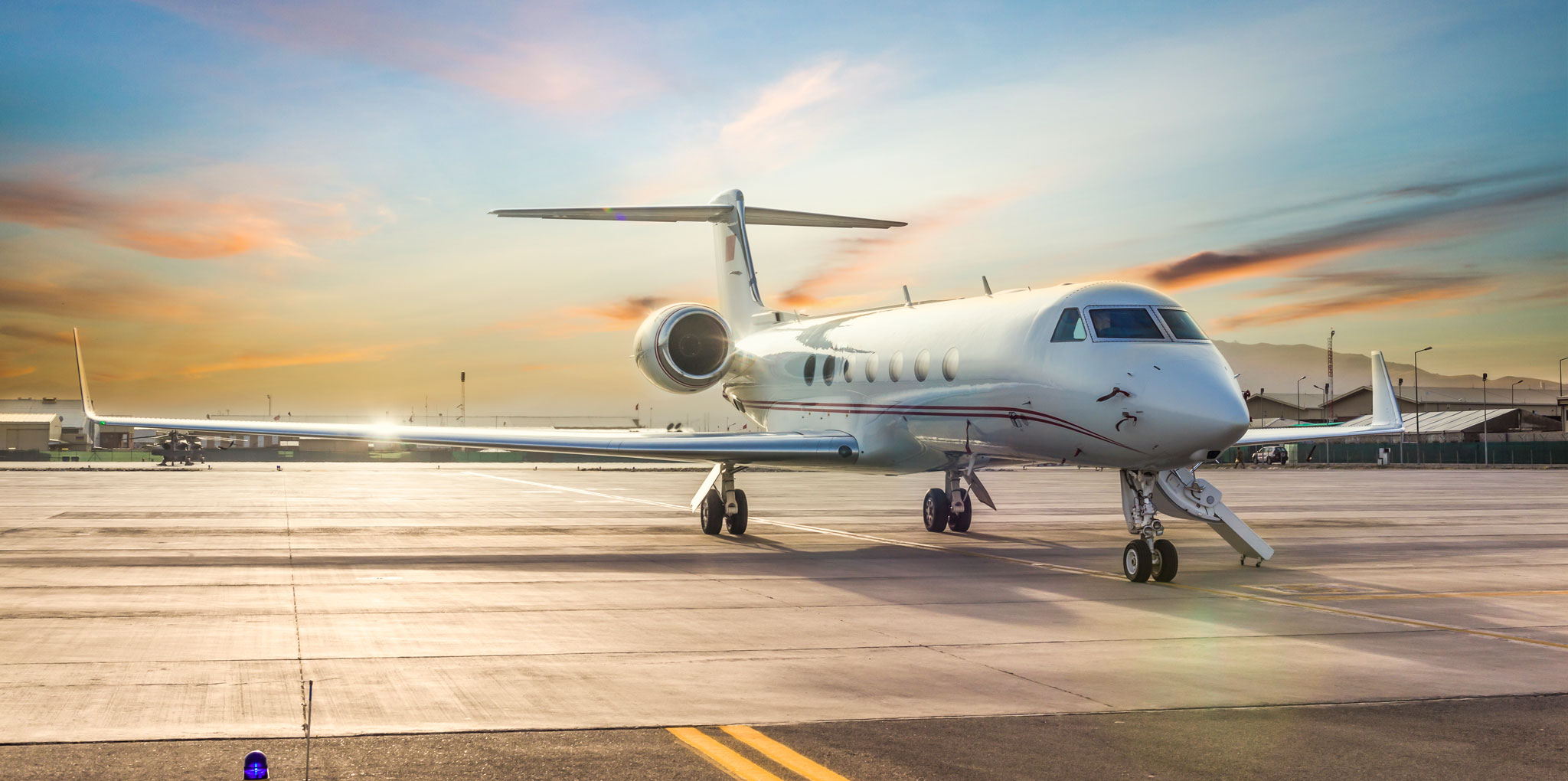
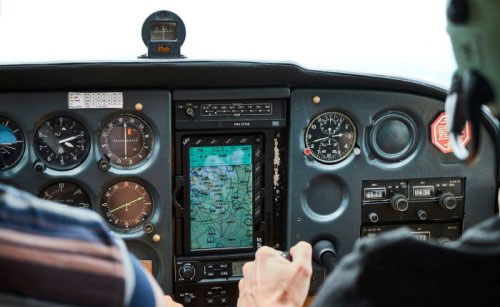
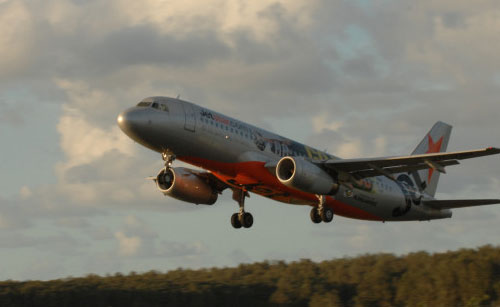





 Safety Management SystemsSafety management is vital to keeping our skies safe. It involves managing your business activities and preventing accidents.
Safety Management SystemsSafety management is vital to keeping our skies safe. It involves managing your business activities and preventing accidents.
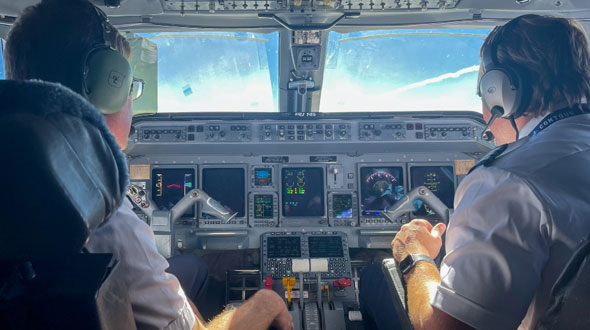

 Loss of control lessonsLoss of control is the most significant cause of serious accidents for sports and recreational pilots.Watch a 3-part video series from Recreational Aviation Australia exploring the primary causes, contributing factors and how to avoid these types of accidents.
Loss of control lessonsLoss of control is the most significant cause of serious accidents for sports and recreational pilots.Watch a 3-part video series from Recreational Aviation Australia exploring the primary causes, contributing factors and how to avoid these types of accidents. New resources from around the worldListen and watch the latest additons to the international section of the pilot safety hub:US video examining a fatal crash in high-density altitude conditionsNew Zealand podcast about poor radio callsCanadian video series on winter flying.
New resources from around the worldListen and watch the latest additons to the international section of the pilot safety hub:US video examining a fatal crash in high-density altitude conditionsNew Zealand podcast about poor radio callsCanadian video series on winter flying.

